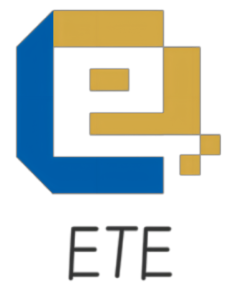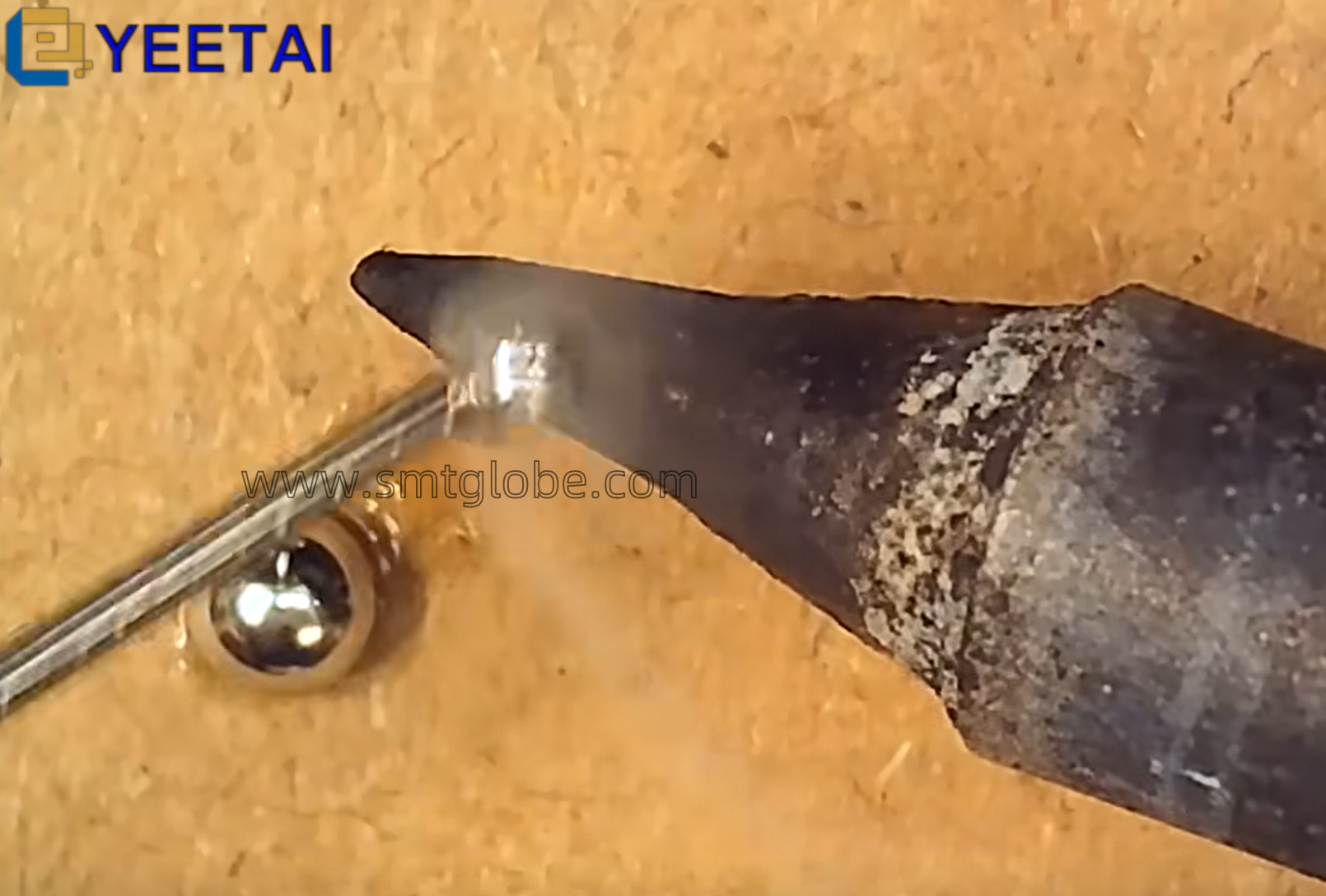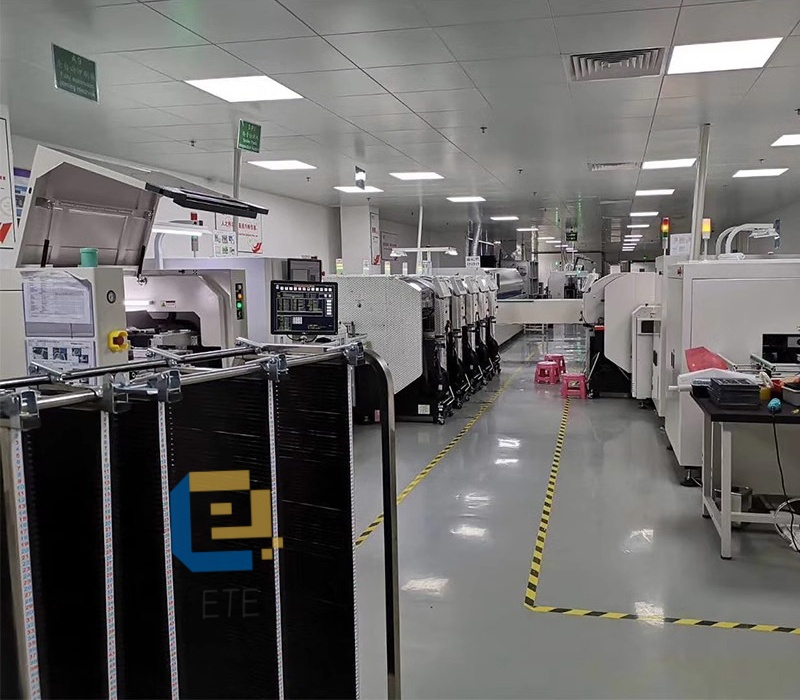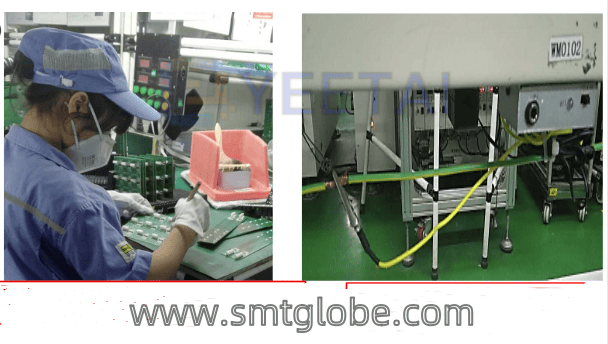In the Surface Mount Technology (SMT) process, the mounting methods and workflow of pick-and-place machines are primarily determined by the type of Surface Mount Device (SMD), the nature of the components being used, and the conditions of the mounting equipment. SMDs can be broadly categorized into three main types: single-sided mixed, double-sided mixed, and full surface mounting, leading to a total of six distinct mounting methods. Each type of SMD has its unique mounting processes, and even among the same SMD type, assembly methods can vary.
Choosing the appropriate mounting method based on product specifications and equipment capabilities is essential for achieving high efficiency and low-cost production, making it a critical aspect of SMT process planning.
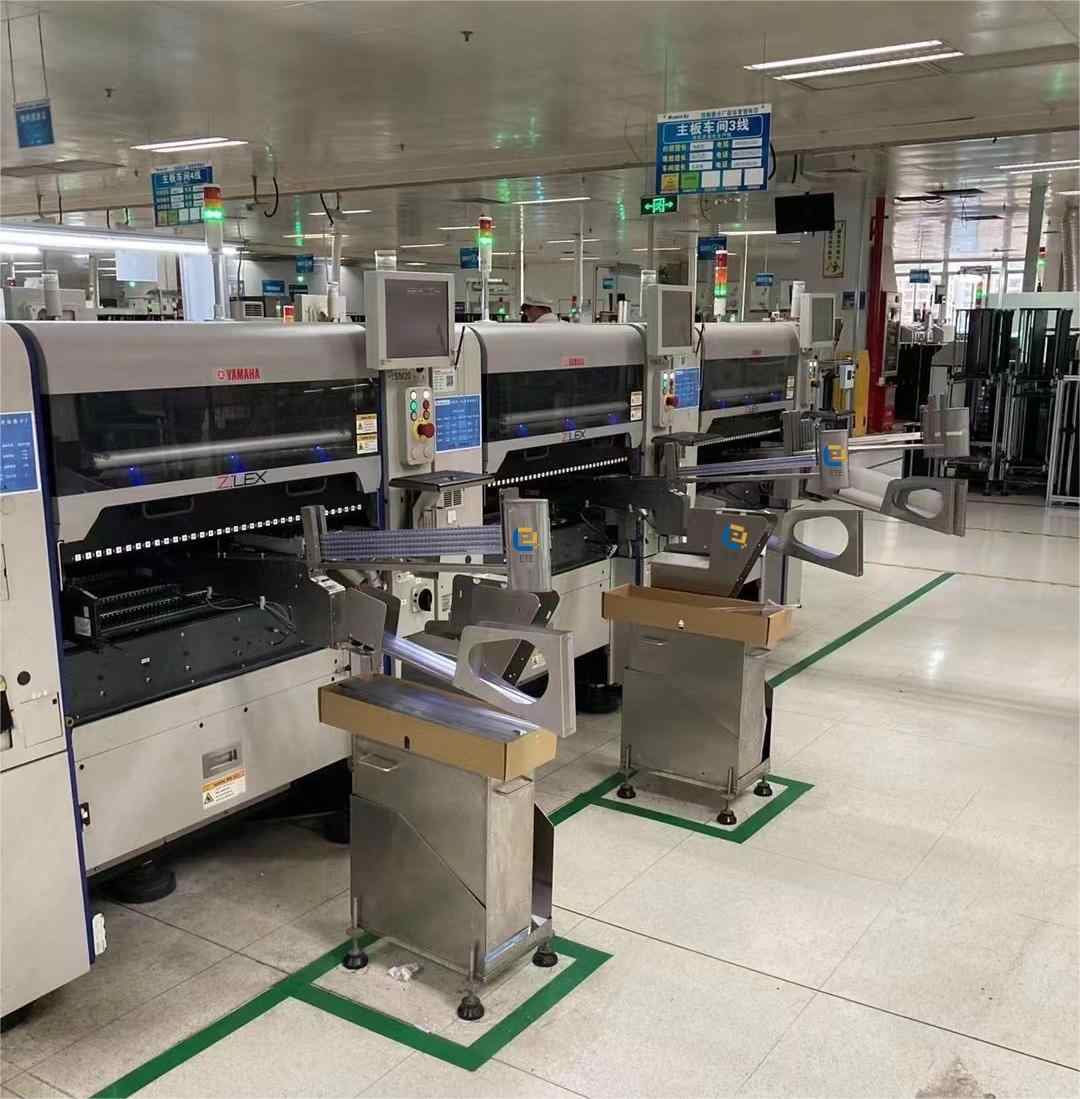
1. Double-Sided Mixed Mounting Method
It allows for the distribution of Surface Mount Components (SMC)/Surface Mount Devices (SMD) and Through-Hole Components (THC) on the same side of the PCB or across both sides. This method typically employs double-sided PCB with double-wave soldering or reflow soldering.
There are two primary assembly approaches within this category:
- Same-Side Method: SMC/SMD and THC are assembled on the same side of the PCB.
- Different-Side Method: SMC/SMD and THC are assembled on opposite sides of the PCB.
This method increases assembly density by accommodating both surface-mountable and leaded components on one or both sides of the PCB.
2. Single-Sided Mixed
The single-sided mixed mounting method involves the arrangement of SMC/SMD with Through-Hole Components (THC) on one side of the PCB, resulting in a single soldering surface. This approach uses single-sided PCBs and typically employs wave soldering (often a double wave solder process). There are two methods in this category:
- First-Mount Method: SMC/SMD are mounted on the A side of the PCB (soldering surface) before inserting THC.
- Post-Mount Method: THC are inserted on the A side before mounting SMD on the B side of the PCB.
3. Full Surface
Full surface mounting involves PCBs that exclusively use SMC/SMD without any THC, as full SMT conversion of components has not yet been fully realized in practice. This mounting method is not very common in applications. Typically, it is used on fine-line PCBs or ceramic substrates, employing fine-pitch components and reflow soldering processes. There are two types of full surface mounting methods:
- Single-Sided Surface Mounting Method: It is mainly implemented for single-sided PCBs where SMC/SMD are mounted on one side.
- Double-Sided Surface Mounting Method: This applies to double-sided PCBs, allowing for higher assembly densities with SMC/SMD mounted on both sides.
Conclusion
Understanding the different mounting methods of pick-and-place machines in the SMT process—double-sided mixed, single-sided mixed, and full surface—is essential for optimizing production efficiency and cost-effectiveness. By selecting the most appropriate method based on component types and assembly requirements, manufacturers can enhance their SMT operations significantly.
At YEETAI, we produce all kinds of feeder to upgrade SMT machines.
